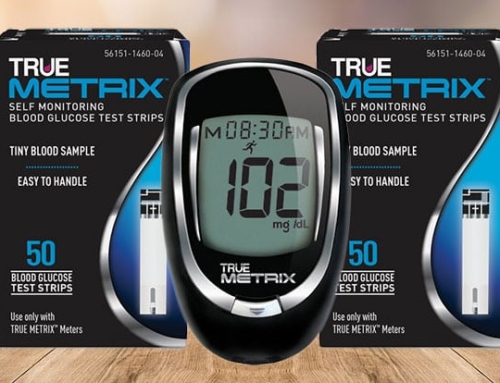Testing your blood glucose levels is a very important aspect in diabetes care. The results of these finger pricks may still be providing limited information, however. Luckily, CGM (continuous glucose monitoring) devices are now available and allow you to see glucose patterns throughout the day.
A tiny sensor is inserted, using an applicator, into a fatty part of the body such as the abdominal or upper buttocks area. A transmitter is then attached and responsible for sending a signal to the receiver. It’s quite a fascinating tool now on the market. One continuous glucose monitoring device available is called the Dexcom Seven Plus. Unlike other continuous glucose monitoring devices you can wear the Dexcom for a full week before changing the sensor. Other CGMs require you to re-insert the sensor every 3-5 days.

Here are some of the features offered with the Dexcom:
- Wireless transmitter
- Water resistant sensor and transmitter for 3 – 30 minutes
- Calibrated by testing blood glucose twice a day (every 12 hours) with a glucose meter
- Two-hour start-up time
- Sensor worn for 7 days
- Tiny sensor is inserted easily using an applicator
- Alerts and alarms set for hypoglycemia and hyperglycemia
- Protects you from hypo/hyperglycemia events even while you sleep
- Downloads to a computer
- Provides trends/patterns of glucose in 1-hour, 3-hour, 6-hour, 12-hour, and 24-hour periods
- Provides glucose readings every 5 minutes
- Sensor and transmitter need to be within 5 feet of each other to communicate
- Acetaminophen-containing medications may interfere with readings
This invaluable tool should be taken advantage of. To obtain this information you would need to test your blood glucose every 5 minutes in a 24-hour period. Having a graph of your blood glucose readings every 5 minutes is priceless.






Leave A Comment